Valley
People are leaving Valley in droves to cast votes in the local polls
Many wait for hours to get seats with most vehicles exiting Kathmandu jam-packed.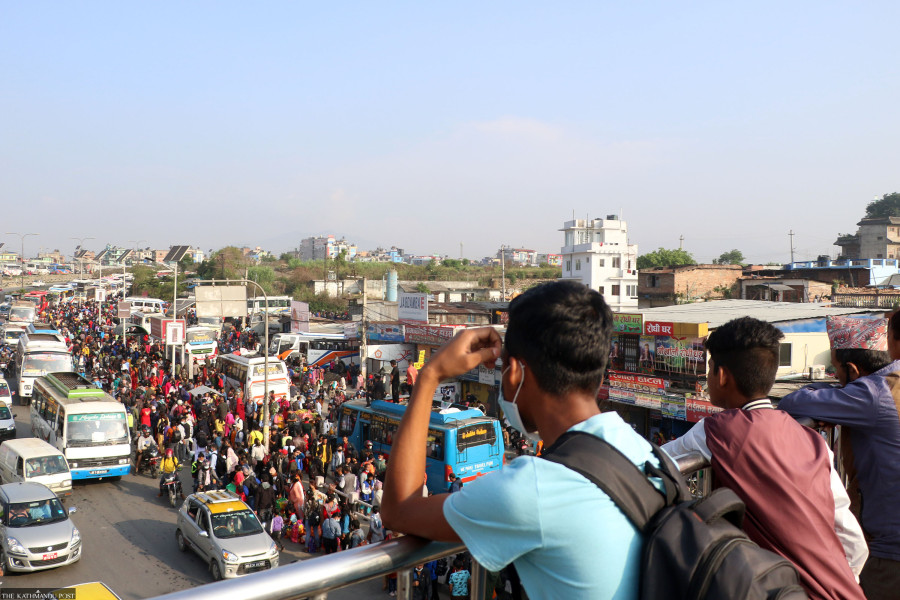
Shuvam Dhungana & Prithvi Man Shrestha
Rajana Lataula of Khairahani Municipality-12 in Chitwan was at her wit’s end on Wednesday morning.
Even after waiting for around two hours at Kalanki, the 33-year-old woman had not found a bus to travel to her hometown Bharatpur. Her family has an ice cream shop. She had travelled with her husband and child to Kathmandu in a van which they use to carry ice cream.
“We thought that buses would be easily available to travel to Chitwan in the morning hours,” said Lataula, who left her van at Satdobato, Lalitpur. “Now I am regretting that we did not bring our own van to go home.”
Lataula was trying to find a bus to go to Chitwan to cast vote in the local elections scheduled for Friday.
She was not the only person struggling to find buses at Kalanki on Wednesday morning.
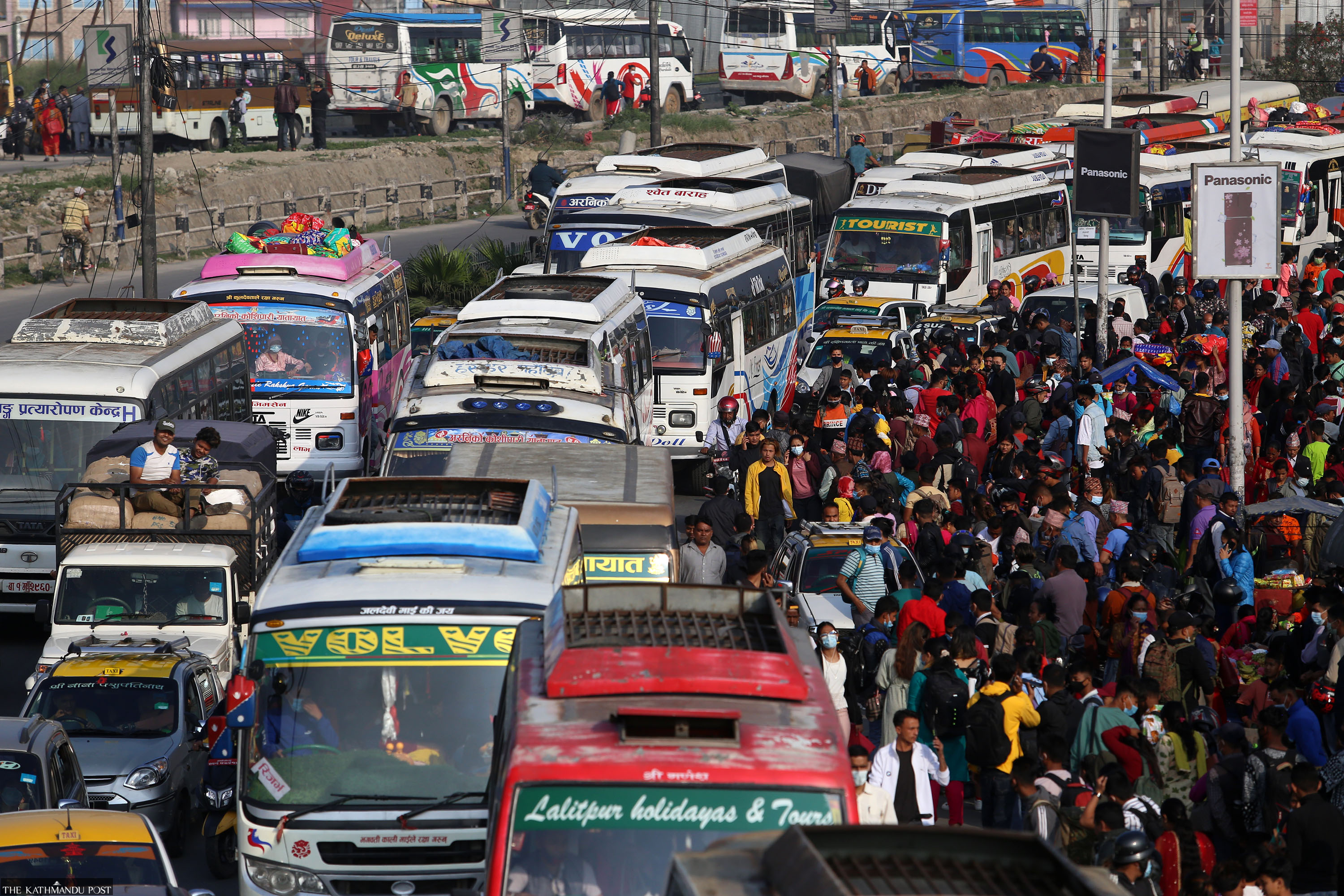
Another person waiting for a bus for more than an hour was Gyalbo Lama from Hetauda. Lama, who works as a mason in Kathmandu, wanted to go to Chitwan first and then to Hetauda, and was also waiting for a bus since early morning on Wednesday.
“All the buses and microbuses are packed and no seats are available. It has been more than an hour since I waited for a bus here,” Lama told the Post. He said he was going to Hetauda to cast his vote as he was being constantly called by local leaders.
With people leaving the Kathmandu valley in droves to their respective hometowns, most of the buses were already packed. Kalanki, the biggest exit point from Kathmandu, saw a huge traffic congestion on Wednesday morning. Crowds were seen desperately waiting for buses and micro-buses.
Bus conductors who usually are busy calling for passengers to hop on appeared to be having a less hectic day with their vehicles already jam-packed.
A woman in her mid-40s was quite animated.
‘They [bus conductors] used to act as if they would haul the people onto the vehicles but today they are saying there are no vacant seats,” she said.
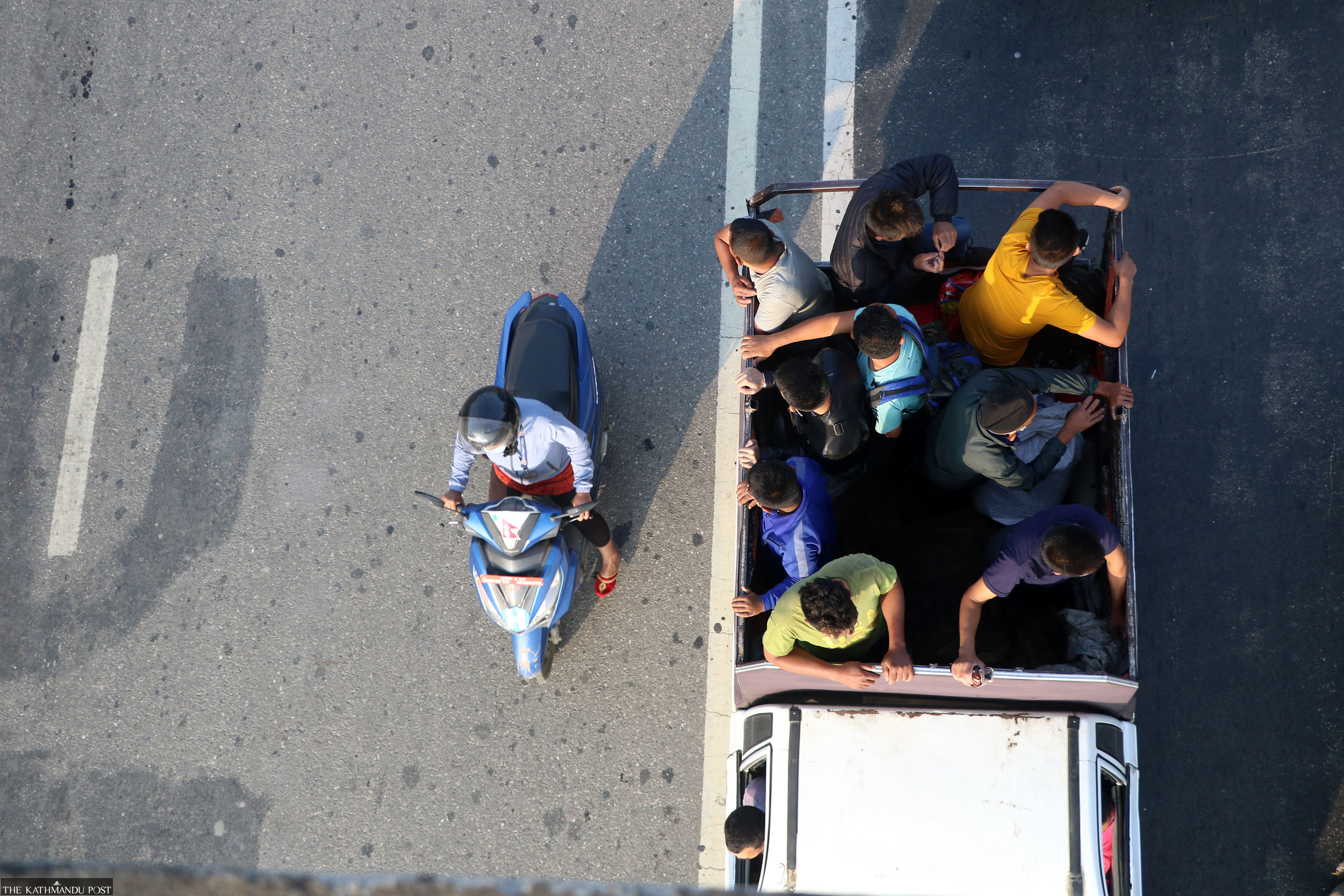
Traffic police personnel, however, had a tough day in office.
According to the Metropolitan Traffic Police Division, the number of people leaving the Valley has risen in the past few days. Data provided by the division shows that over 160,000 people have left the Valley in the past three days.nearly 60,000 people have left the Valley. From 6am Tuesday to 6am Wednesday, nearly 60,000 people have left the Valley, according to traffic police data.
Senior Superintendent of Police Umesh Raj Joshi, chief of the Metropolitan Traffic Police Division, said due to the elections, thousands of people are leaving, which has led to traffic congestions at major exit points.
“Only 35,000 people on an average would exit the Valley on normal days but in the past few days, over 50,000 people are leaving daily,” said Joshi. “The roads inside the Valley, however, are quiet.”
He said more people are expected to leave the Valley by Thursday evening.
Besides regular buses, political parties too have booked vehicles in hundreds of numbers to take voters to their districts for the Friday polls.

On Wednesday morning, Kedar Dangal, 42, was waiting for a bus at Koteshwar for his hometown Sindhupalchok. He would travel home on the bus arranged by a political party.
“I am going home to cast my vote,” said Dangal, 42, who was waiting, along with his wife, for the bus. “I got a call from my village locals that they are sending a bus for us, so I came here.”
According to Joshi, the actual number of people leaving Kathmandu could be higher as the traffic division doesn’t keep track of private vehicles and motorbikes.
Sagar Pokharel, a permanent resident of Pokhara, is planning to go to his hometown on his motorbike.
“I am planning to travel late at night so that I don’t have to face much traffic congestion,” said Pokharel, 32, who works for an IT company in Kathmandu. “Not only to vote, I am travelling to meet my family members as well since our office is closed until Monday. I can spend quality time with my family too.”

After the voting day [Friday], Saturday and Sunday are government holidays while Monday is a public holiday for Buddha Jayanti.
The three-day holiday after the election day is also said to be a reason more people are going to their hometowns.
A total of 17,733,723 voters are registered to vote in the local elections across the country. There are a total of 10,756 polling stations and 21,955 polling booths across the country.
Nepal is holding local elections for a second time since the promulgation of the constitution in 2015. The 2017 local elections were held in three phases on May 14, June 28 and September 18.
This time the country will hold local elections in a single phase.
Silence period has already begun for local elections from Tuesday midnight.
As many as 35,221 representatives will be elected for 753 local units across the country. There are six metropolitan cities, 11 sub-metropolitan cities, 276 (urban) municipalities and 460 rural municipalities across the country.
The government has hired 100,000 temporary police for the polls. Besides, 70,000 plus personnel from the Nepal Army, 60,000 plus from the Armed Police Force and 30,000 plus personnel from the Nepal Police are being deployed for election security, according to government agencies.

The 2015 constitution guaranteed Nepal as a federal republic and three tiers of government were envisioned accordingly.
Local elections are considered important because they strengthen grassroots democracy. People get a chance to choose the candidates who can cater to local needs, offer credible promises for development and ensure service delivery.
According to Dangal, who was spotted at Koteshwar, every time he visits his home village he gets disappointed by the snail-paced development and a lack of service delivery.
“There are roads linked to my village but they are in a very bad shape,” said Dangal. “I heard that the budget had already been allocated for its maintenance but no work was done. I couldn’t do anything about it.”
But this time, he says, he has the opportunity.
“I will vote for the right candidate… whoever looks promising when it comes to development and service delivery,” said Dangal.
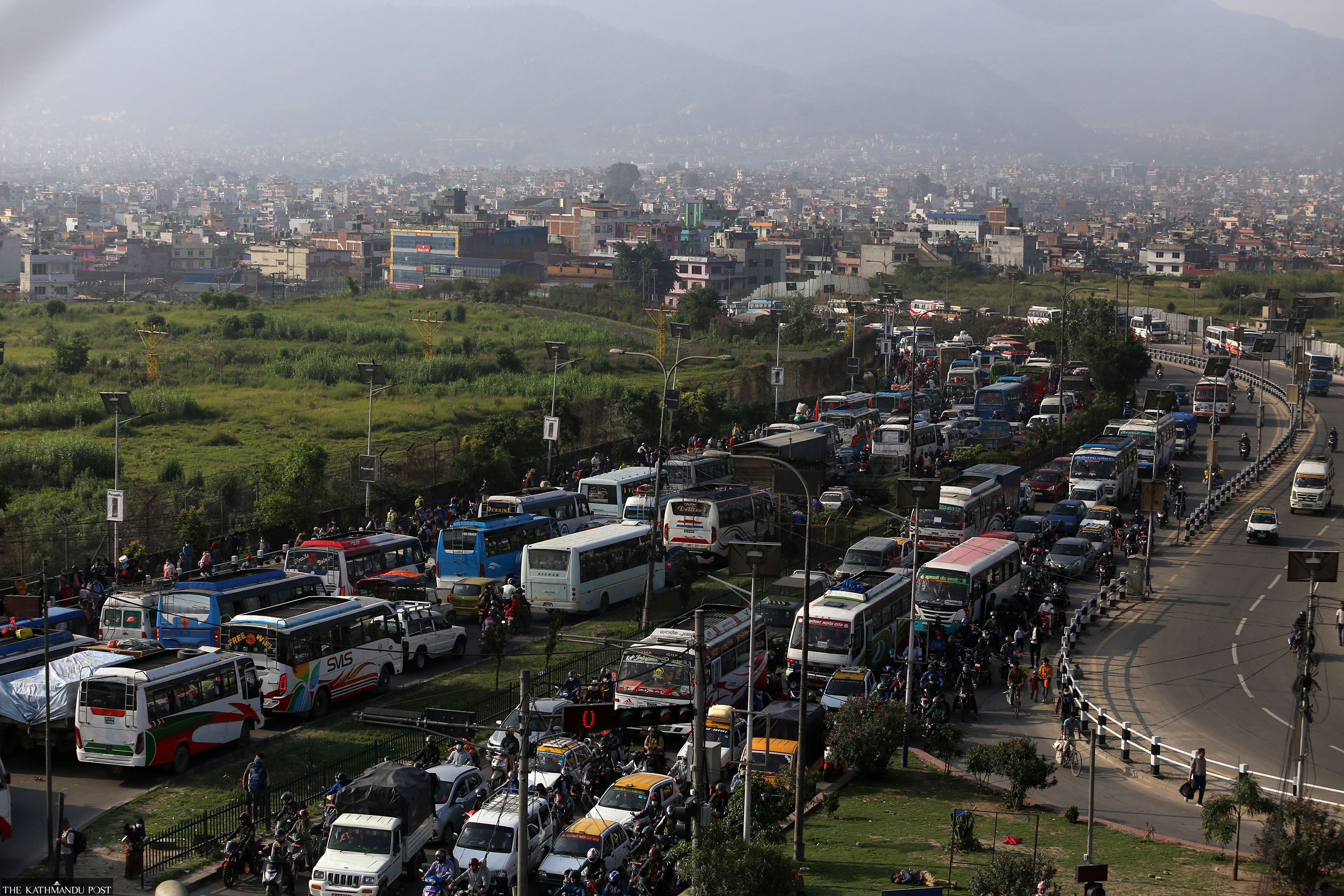
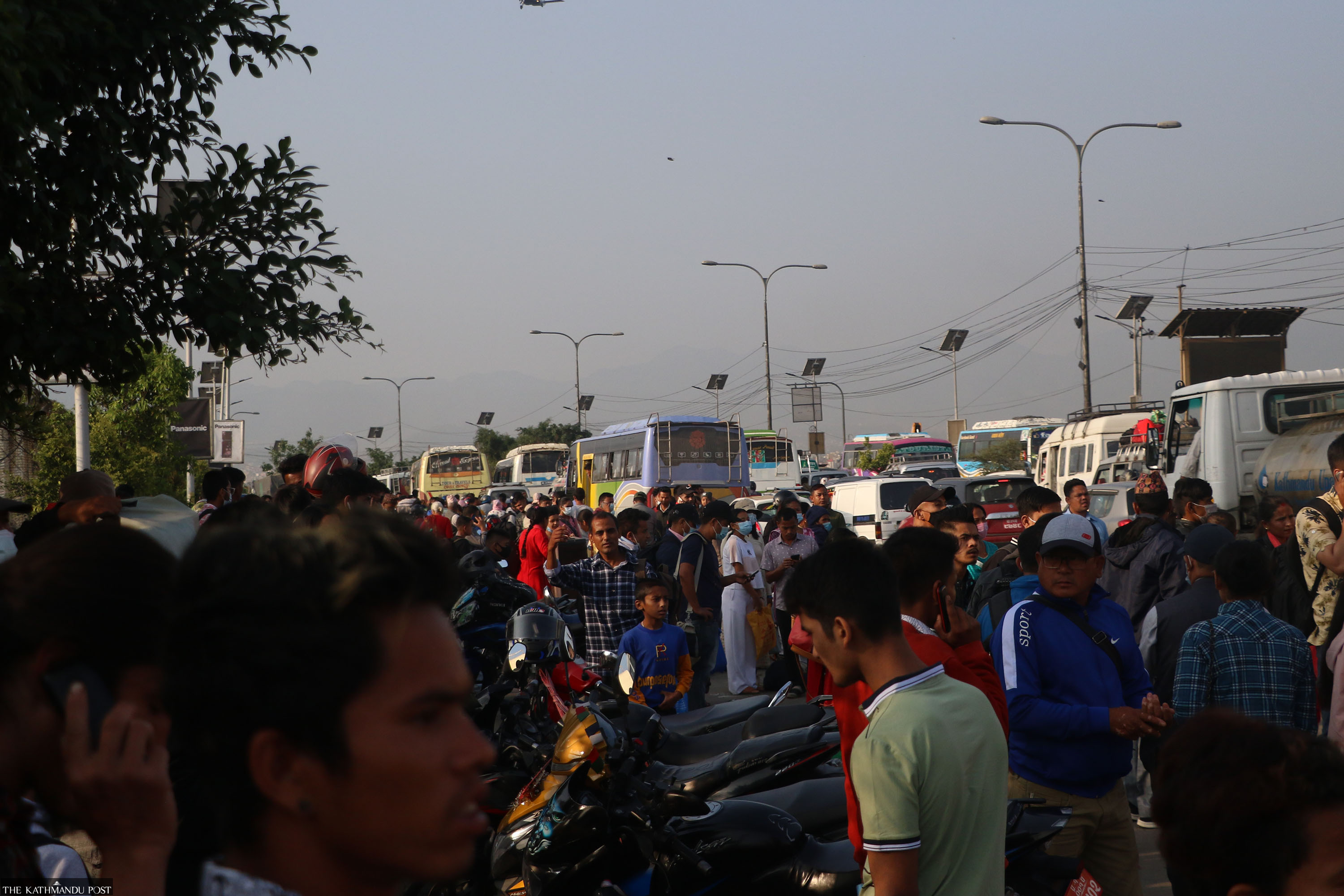
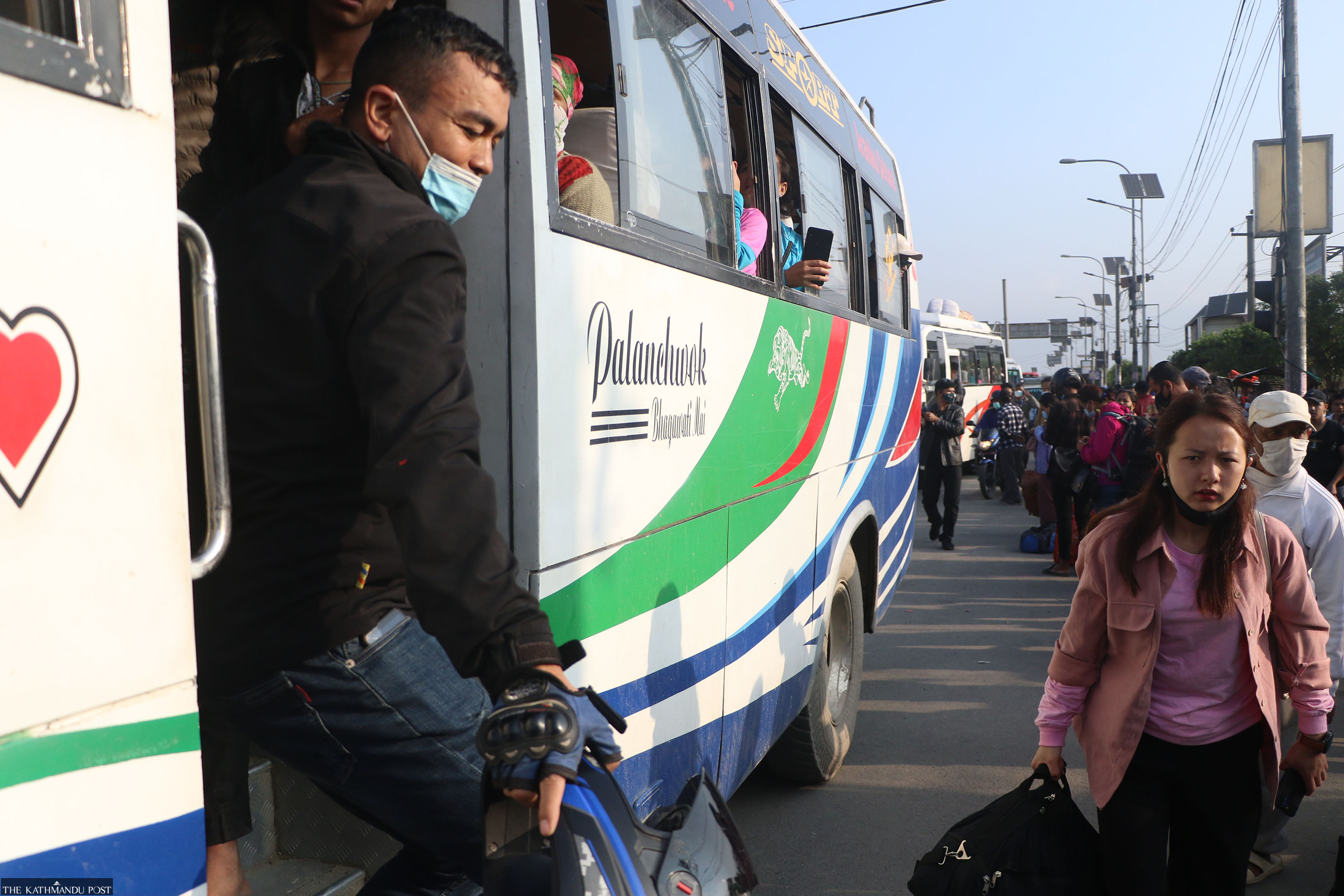
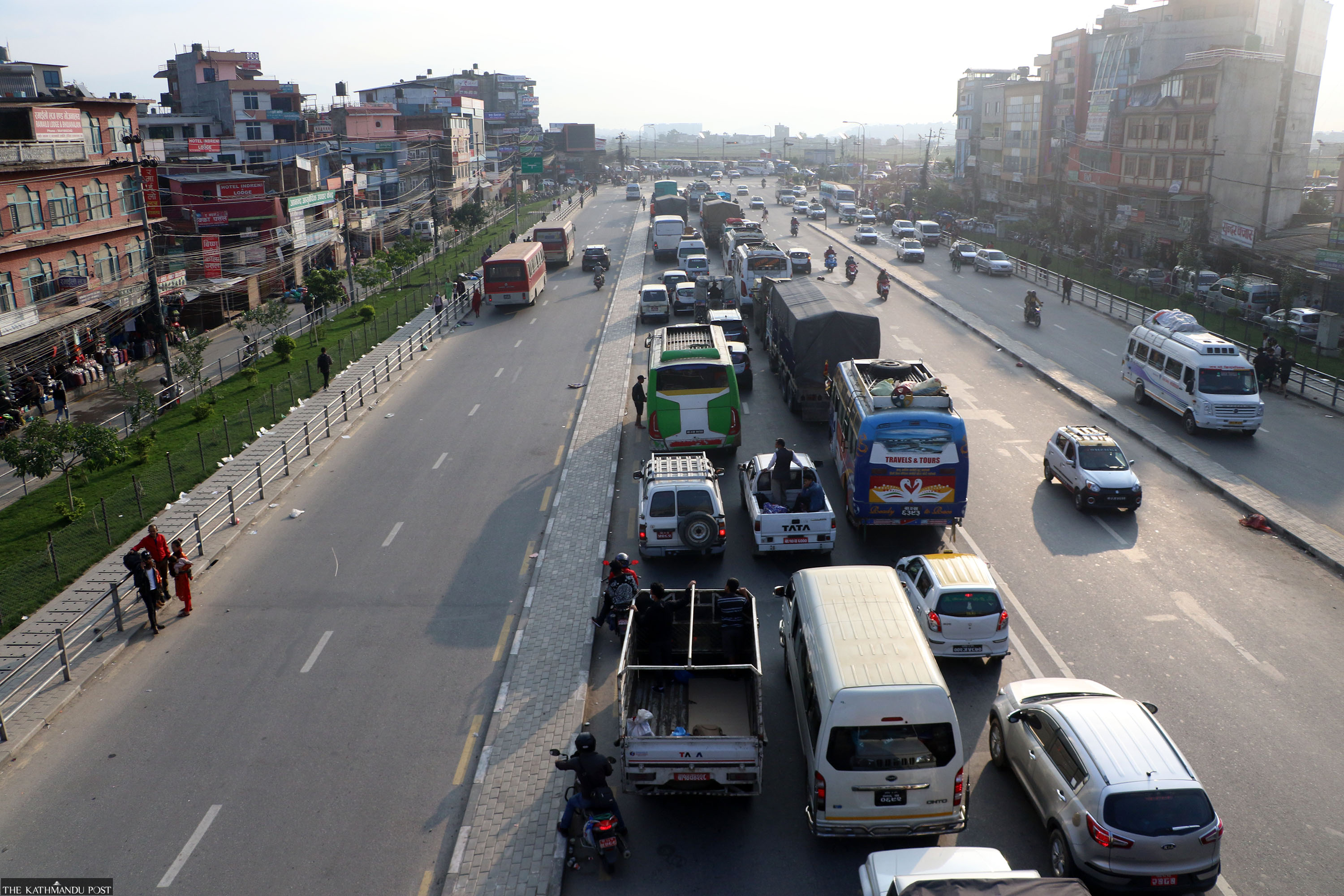
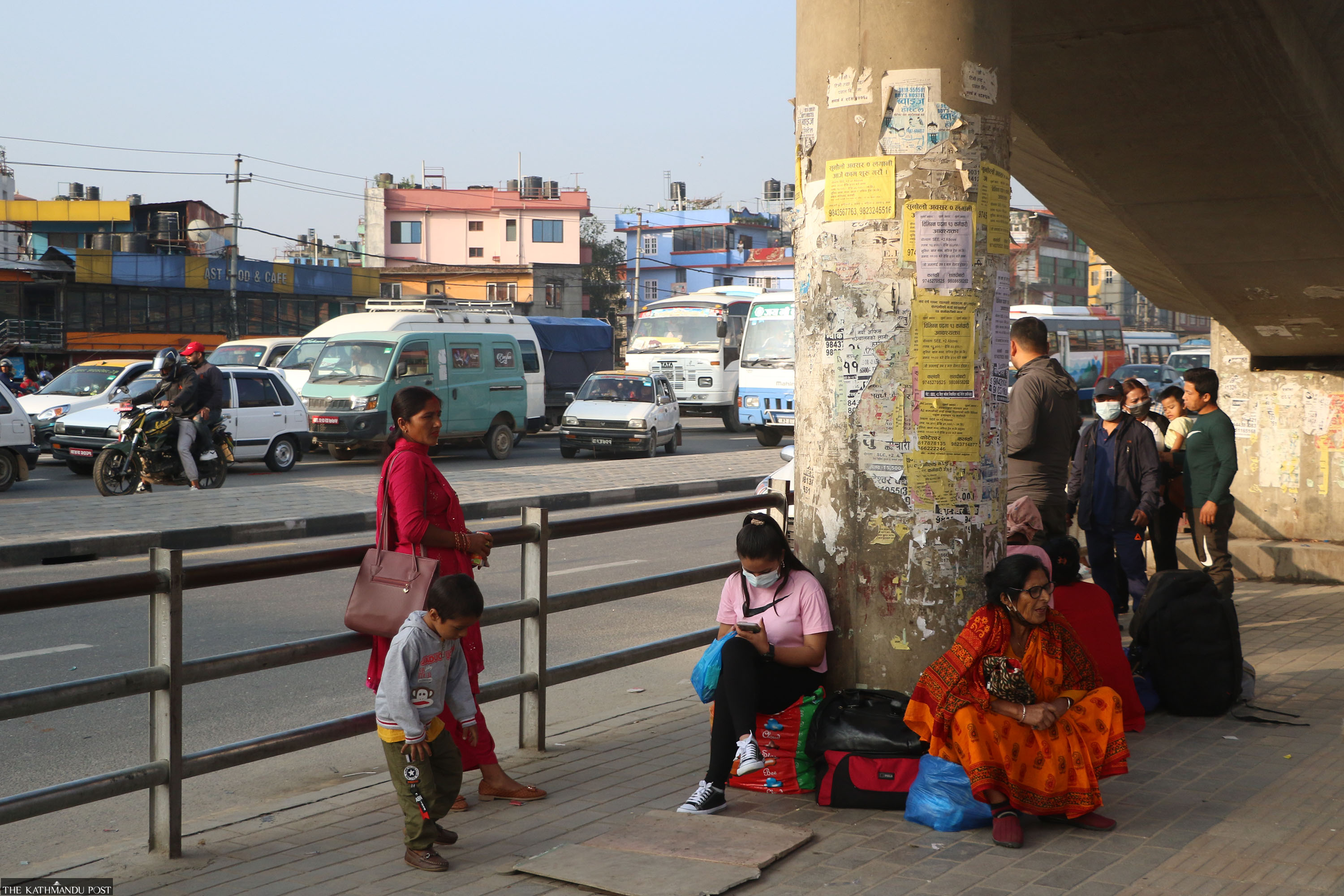
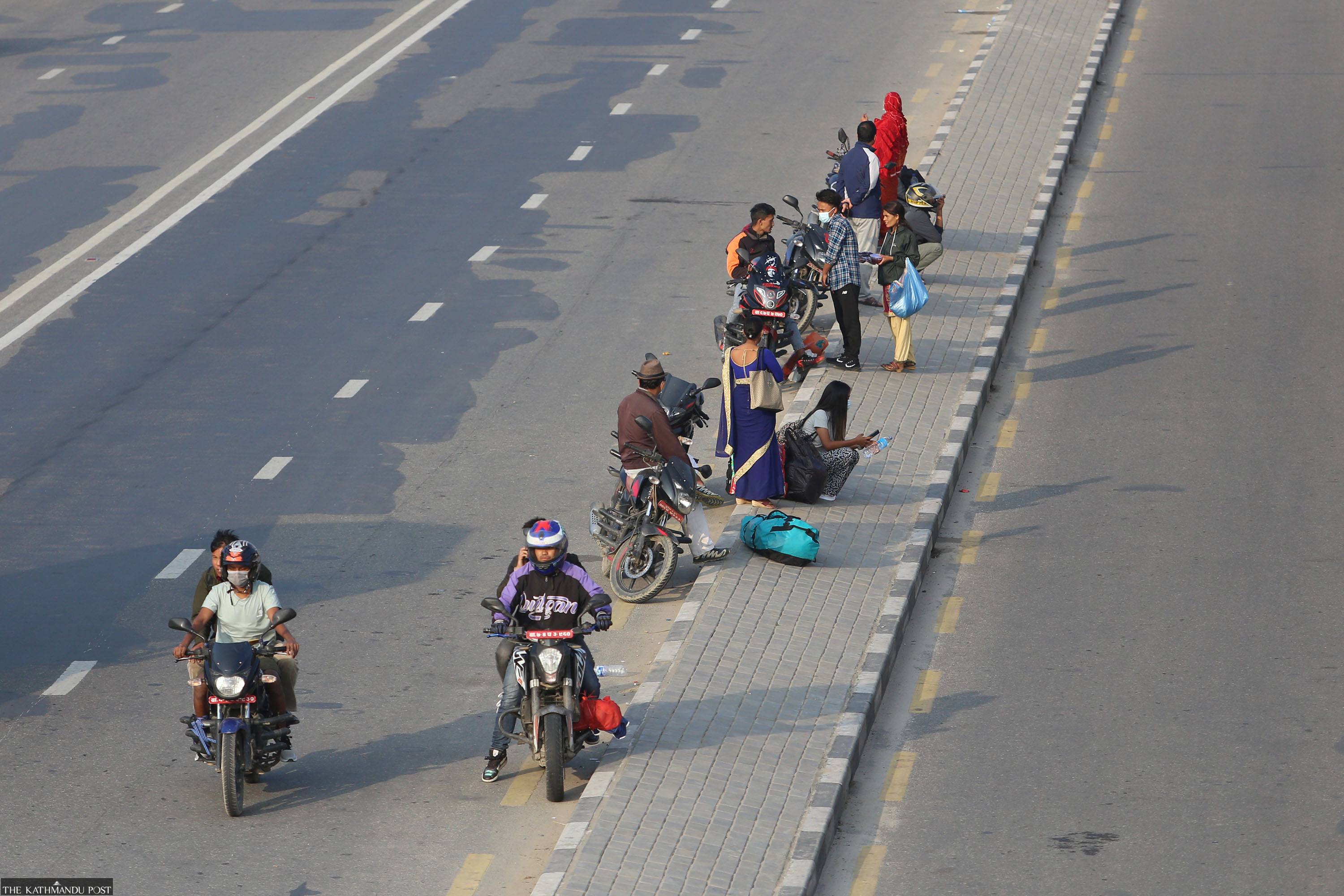
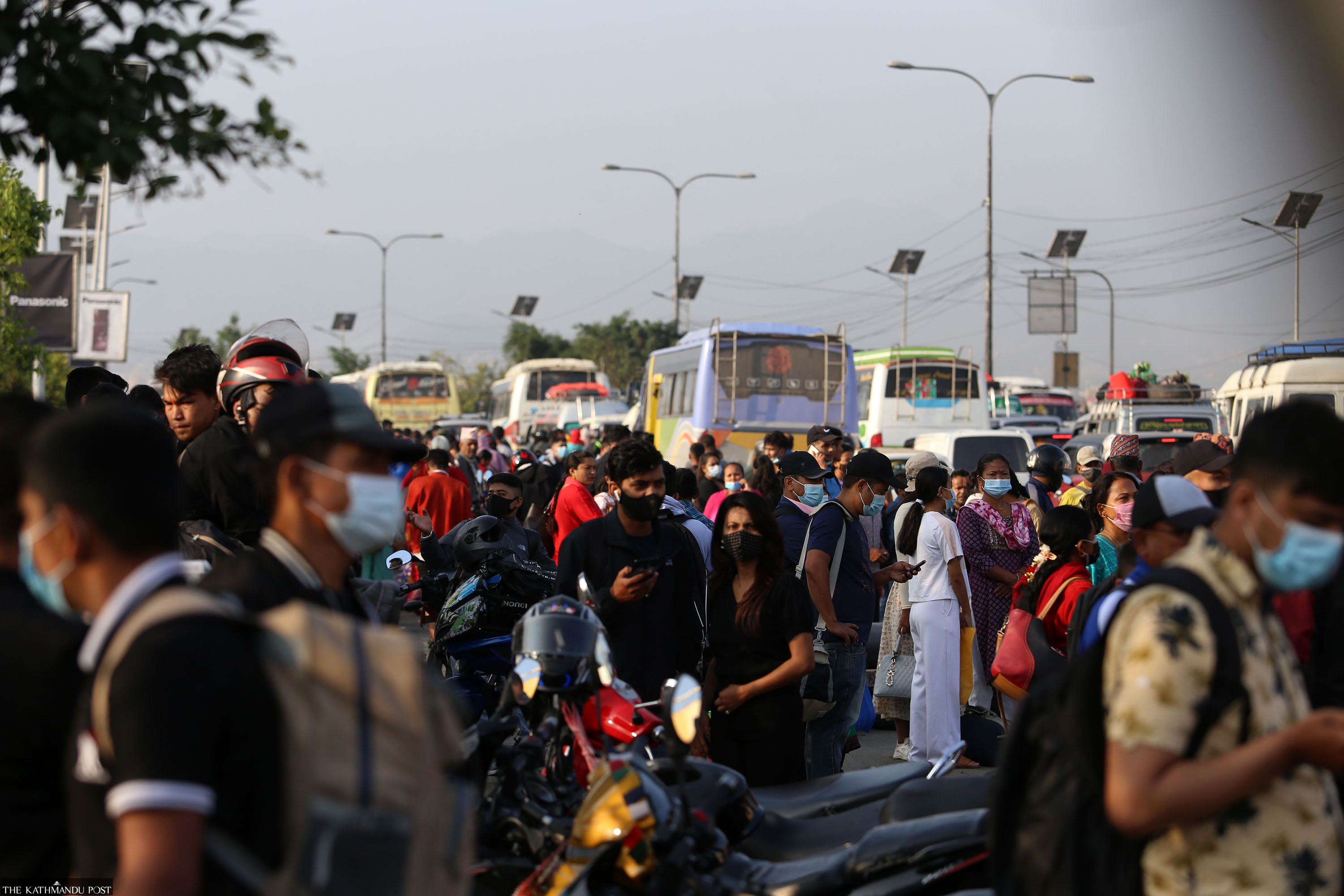




 10.12°C Kathmandu
10.12°C Kathmandu










%20(1).jpg&w=300&height=200)

